Blackmail (1929)
Directed by: Alfred Hitchcock
Written by: Benn Levy, Charles Bennett
Starring: Anny Ondra, Cyril Ritchard, Donald Calthorp, John Longden
UK
AVAILABLE ON DVD
RUNNING TIME: 86 min/ 78 min [silent version]
THE HITCHCOCK CAMEO: being annoyed by a small boy as he reads a book on the London Underground
REVIEWED BY: Dr Lenera, Official HCF Critic
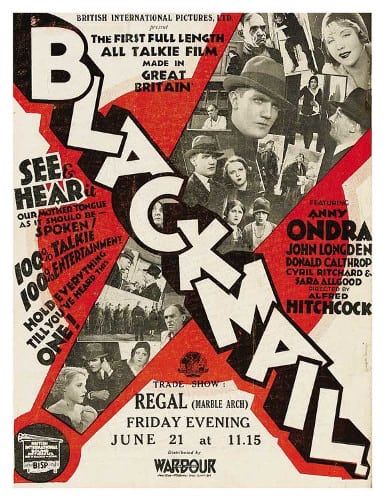 Plain clothes policemen arrest a man who is identified in a line-up by a woman, suggesting a rape may have been committed. Meanwhile Detective Frank Webber takes his girlfriend Alice White to a tea house, little knowing that Alice has secretly arranged to meet Mr. Crewe, a painter. She makes it known to Crewe that she can’t join him, but after an argument ends with Frank storming out, she goes returns to him and goes back to his studio. After stealing a kiss, he tries to rape her. In desperation, Alice grabs a nearby bread knife and stabs him to death, then leaves after attempting to remove any evidence of her presence in the flat….but accidently leaves her gloves behind….
Plain clothes policemen arrest a man who is identified in a line-up by a woman, suggesting a rape may have been committed. Meanwhile Detective Frank Webber takes his girlfriend Alice White to a tea house, little knowing that Alice has secretly arranged to meet Mr. Crewe, a painter. She makes it known to Crewe that she can’t join him, but after an argument ends with Frank storming out, she goes returns to him and goes back to his studio. After stealing a kiss, he tries to rape her. In desperation, Alice grabs a nearby bread knife and stabs him to death, then leaves after attempting to remove any evidence of her presence in the flat….but accidently leaves her gloves behind….
Blackmail is generally regarded as Hitchcock’s second really noteworthy major picture after The Lodger, even if some of the films in-between do have their merits. It’s certainly far more of a ‘true’ Hitchcock movie than films like Easy Virtue, being a morally complex and ambiguous suspense tale that actually bears considerable resemblance to much later efforts like Strangers On A Train, I, Confess and even Vertigo in its sense of tortured guilt and tormented psychology. Historically important as the first major British sound film [it wasn’t quite the first actually made] to make an impact, it’s very stilted at times as most early sound films were, mostly because cast members could not move too much around a set where the camera had to be soundproofed and therefore stationery, and the microphone was also in one place recording the dialogue live. Watching Blackmail really is like watching a filmed play for some stretches and it does noticeably dip in the second half, while the plot, which takes place over just a few days, seems a little stretched out, but it is nonetheless a film of considerable fascination. I first saw it about fifteen years ago and was a little bored. The second time, I was quite riveted, because I was watching a cinematic master really being given free rein to do what he wanted, and going ahead and doing it.
Based on a play of the same name by Charles Bennett, it was adapted by Benn Levy and, in something that would increasingly be the case though he rarely allowed himself to be credited, Hitchcock himself, into what was initially intended to be a silent film until the final reel, where, because of the huge success of the first ‘talkie’ The Jazz Singer, John Maxwell the head of British International Pictures decided to have some dialogue added. Instead, Hitchcock shot the whole film partially in sound, experimenting with sound effects and snatches of dialogue, and this impressed Maxwell so much that key scenes were then re-shot and some footage added, turning Blackmail into a fully-fledged talking picture. After her striking performance in The Manxman, it was no surprise that Anny Ondra returned to star in Blackmail, but her thick Czech accent posed a problem so another actress Joan Barry stood off-camera speaking her lines while she mouthed them as closely-synchronised as she could. Sadly as with The Lodger, Hitchcock could not use his intended ending where the opening scene is repeated, only with Alice as the suspect. Too downbeat, it was re-shot so she turns herself in and may get away with it. The film was a sensation in both sound and silent versions – it was a while before all cinemas became equipped with sound – and Hitchcock also shot a German-language version, a common practice in early talkies.
The first ten minutes of the talkie version of Blackmail, which is the one under review here [the silent version, which is also available on DVD, is worth seeing and is at times less stiff though misses or shortens key scenes like Alice’s trauma just after killing her attacker which make important use of sound], are actually still silent, and for a while I wondered if I really was watching the silent version by mistake. They’re a great ten minutes though, detailing in great detail the whole process of an arrest. In narrative terms this has nothing to do with the actual story, but it really strengthens Alice’s fear and guilt later on in the film as well as looking forward to The Wrong Man in its realism. These cops are a little scary; Hitchcock was very scared of the police as a child and this comes out in many of his films including this one, but isn’t it great how he shows them wash and make their way home after a typical day’s work? After this the story introduces its love triangle and becomes more static because we’ve switched from silent footage to sound footage and the performers are extremely limited as to where they can move, though the characters are more interesting than is often the case.
The lengthy sequence in Mr Crewe’s studio really does go on forever but certain details like a hideous painting of a clown and a shadow falling across Crewe’s face forming a shadow just about keep the interest until the attack and the killing, which all takes place behind a curtain except for the sight of Alice’s hand grabbing the knife of the table and Crew’s falling arm, indicating that he’s dead. It’s all quite subtly done from the man who would later often try the patience of censors with this kind of scene. After this we have the best section of the film, detailing the effect Alice’s action is having on her. People seem to walk through her, arms are in the same position as the dead Crewe’s, a theatre sign becomes a sign of a dagger, and – in an absolutely brilliant use of sound – Alice is at home at the breakfast table and people keep mentioning the word ‘knife’ until it’s the only word she hears clearly. Great stuff indeed, but then the film loses its power considerably and seems to mark time when a blackmailer turns up, a guy who not only knows what Alice has done, but who also knows that Frank knows and is withholding this from his colleagues. These scenes never seem to really go anywhere so thank God for the final chase, which features Hitchcock’s first use of a famous landmark and fall from a great height. I really thought they had actually filmed the sequence in the British museum until I found out after that it was all done with technical wizardry which fused photographs and sets together. You really cannot tell.
Blackmail has very little of the usual humour, except for a woman talking about ways of murder and the mention of a police film where they supposedly get it wrong as usual. To modern eyes, even ones like mine who have seen as many old films as new, it really does seem to be a film of jarring contradictions. Great technical virtuosity, like a tracking shot following Alice up a flight of stairs, and superb use of shadows [look out for what looks like a noose around Alice’s neck] often prefiguring film noir including even some Double Indemnity-style shots of black lines across things, mixes with rather awkward staging and jarringly clumsy mistakes like one guy starting to say Ondra’s name. It all seems very uneven, but compare it with most other sound movies of the time [and not just in England] and the restrictions they were bound by because of the introduction of sound, and it does become a bit more impressive.
The two main characters are painted in shades of grey as opposed to black and white. The supposed heroine is an easily-bored, immature flirt who has no bones about seeing two men at once. The hero, despite supposedly being in the grip of a rather foolish passion, is a dry bore who goes on to break the law because he knows of the killing. These two people are totally unsuited to each other, and though they exit the film together, one feels, as with Marnie, that more trouble might be ahead for the couple. The blackmailer comes across as a perennial loser who just sees a chance to get some money and takes it, and even the lecherous painter almost seems to have just got the wrong impression about the tease that is Alice and gets carried away. The performances are all very good. Anny Ondra is again fantastic, conveying a delightful European sexuality despite the cockney voice given to her, and managing to keep the audience reasonably sympathetic to her even though she’s playing somebody who really isn’t that likeable at all. She really conveys her torment in the scenes just after the stabbing without going over the top. Overall the acting is very naturalistic for the time, while the score by Campbell and Connelly is rather effective in its minimal placement of music. Rather more flawed than it would seem considering its reputation, Blackmail may be a film more to study rather than to enjoy, but studying can be real fun sometimes too if you really do love the cinema.

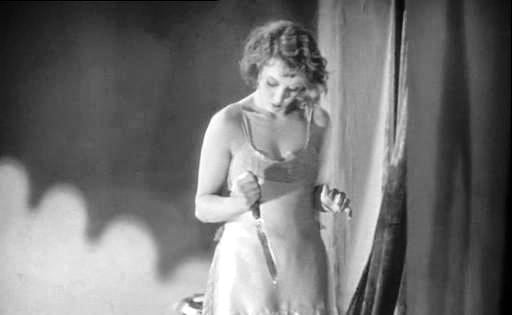
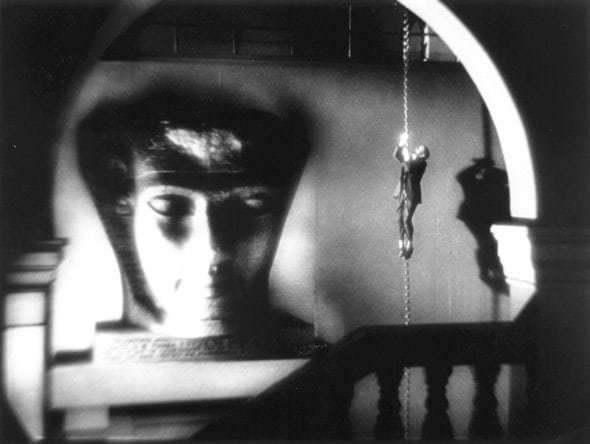



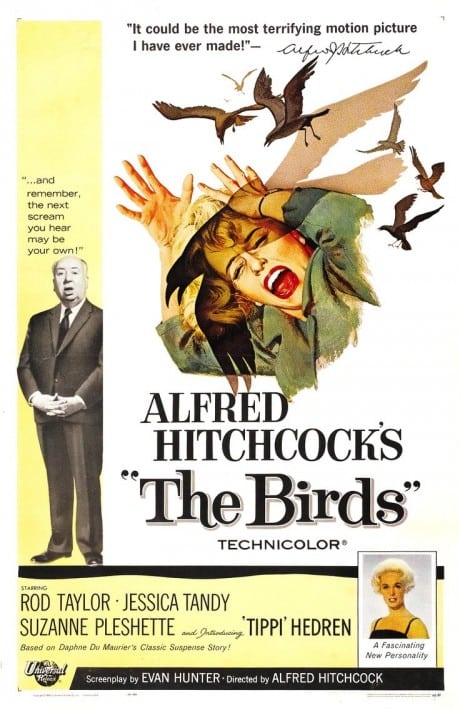
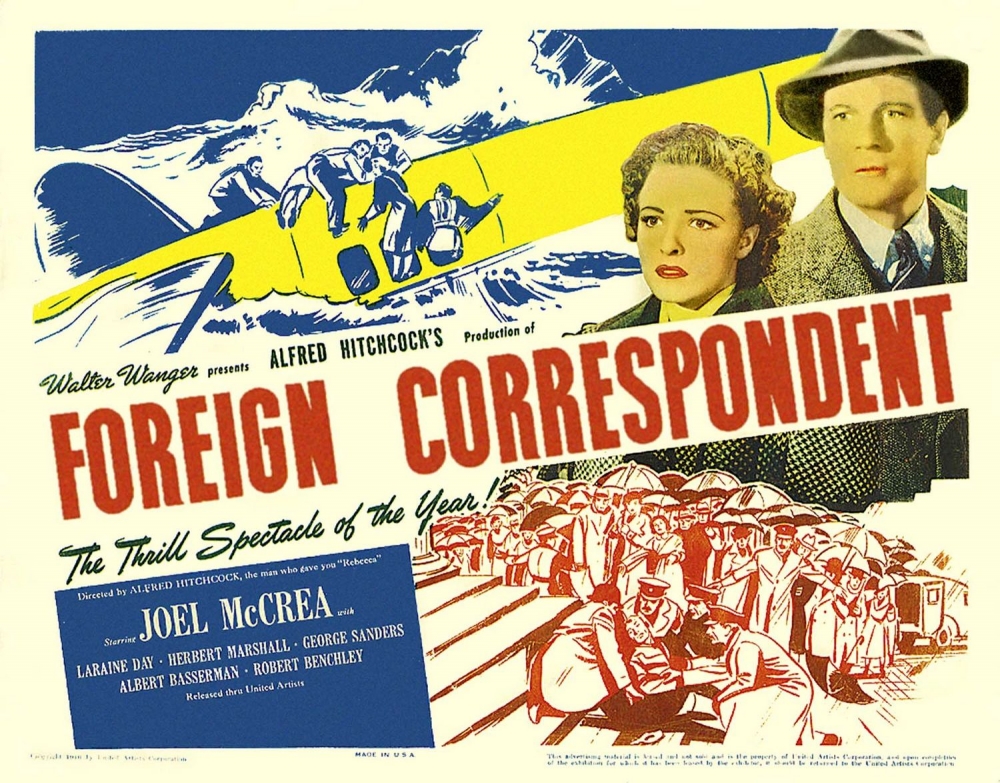
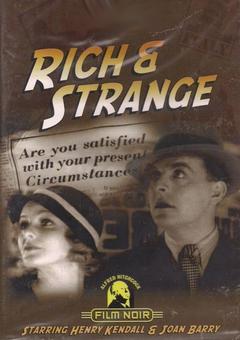
Be the first to comment